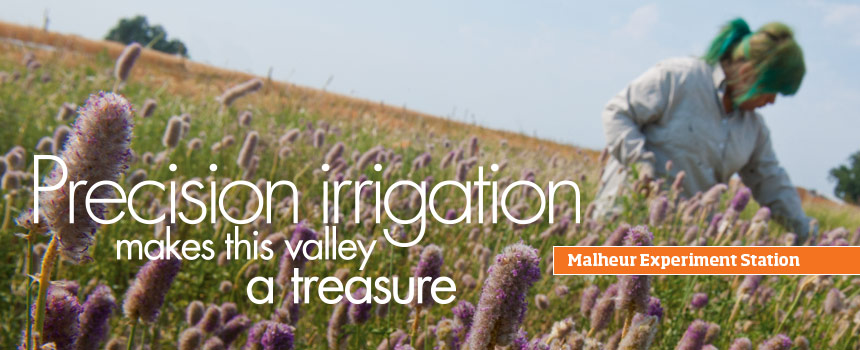Peeling back the layers

Before they can be sautéed, caramelized, or fried into crispy rings, onions start as small seeds shallowly sown in the soil. OSU researchers have dedicated decades to peeling back the unknowns about growing onions, while adding to existing layers of research about this culinary changeling.
As station director Clint Shock walks through the research fields on Onion Avenue in Ontario, he pauses to pry a pigweed loose from the dusty soil. After more than 30 years of research, Shock continues to push the boundaries of research, to grow bigger onions at lower cost using fewer inputs and less water while helping farmers make more money.
[caption caption="After more than 30 years of research, Station Director Clint Shock continues to push the boundaries of research, growing bigger onions at lower cost using fewer inputs and less water while helping farmers make more money. (Photo by Peg Herring.)"] [/caption]
[/caption]
No problem, says Shock.
“If you look to solve problems in a way that’s financially advantageous, you can’t keep new ideas a secret; people will adopt them,” said Shock, an expert in crop research. Thanks to OSU’s research, onions have swelled so large that some have earned the category of super colossal. Sales have also swelled, helping Oregon’s onion harvest rack up $115.8 million in farm gate sales in 2012.
Since Shock started his research, local farmers have more than tripled onion plantings. And groundwater quality has also improved, as MES research has offered ways to reduce fertilizer, pesticide, and water use while producing onions so good they bring tears to your eyes.
